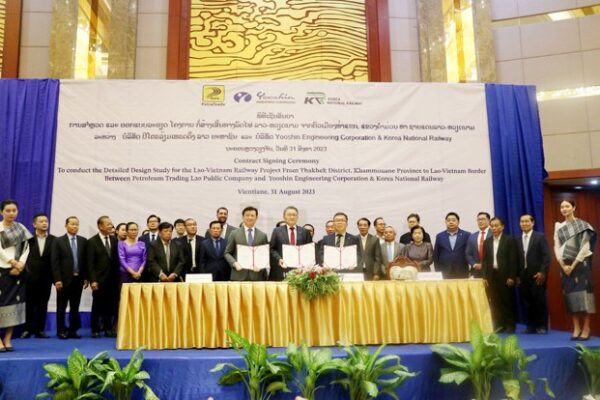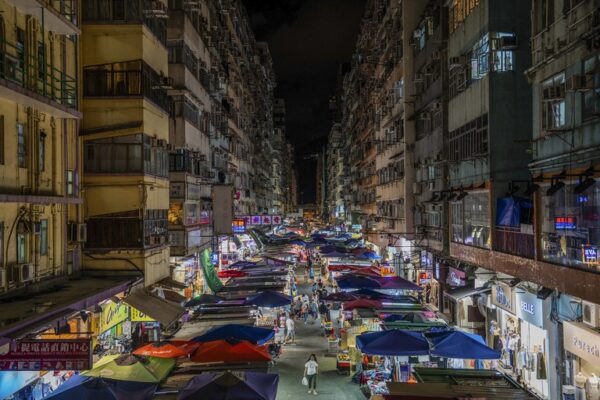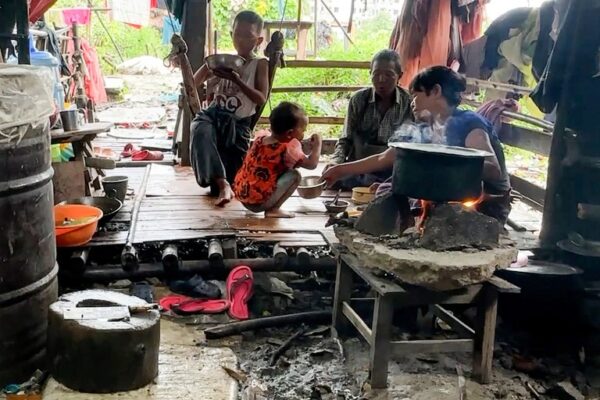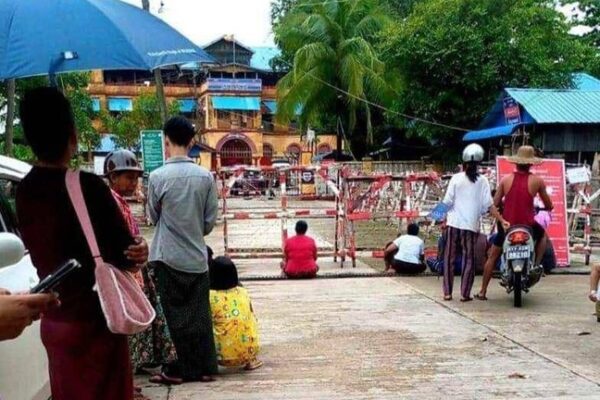
China urges ‘fair’ investigation into Baltic pipeline damage
China has said it will stand “ready to provide necessary assistance” to the investigation into Finland’s claims a Hong Kong vessel may have damaged a natural gas pipeline. Finnish police said on Tuesday the Balticconnector pipeline between Finland and Estonia was likely damaged by an anchor as “on the seabed, a 1.5 to 4 meter-wide dragging trail is seen to lead to the point of damage in the gas pipeline.” The investigators said they found the anchor just a few meters from the gas pipeline damage point. They said the anchor may have belonged to the Chinese container vessel Newnew Polar Bear which was sailing through the area at around 1:20 a.m. local time on Oct. 8, 2023 when the pipeline was reported damaged. The police focused their suspicion on the ship as until now, they “could not visually confirm that both front anchors of the vessel were in their place.” Newnew Polar Bear is a Chinese-owned and Hong Kong-registered commercial ship. The vessel “was contacted several times, but they were not willing to cooperate,” they said, adding that help is needed from the Chinese authorities for the investigation to continue. A graphic obtained by Reuters on October 13, 2023, shows where the Balticconnector pipeline between Finland and Estonia was damaged on October 8, by an unknown reason. Credit: NORSAR/Handout via Reuters In Beijing, a Foreign Ministry spokesperson said China maintains “unimpeded communication with parties including Finland” over the incident, which is still under investigation, and “stands ready to provide necessary assistance in accordance with international law.” Mao Ning told reporters on Wednesday that the Chinese government hopes “relevant parties will follow the principles of being objective, fair, just and professional and find out what happened soon.” Earlier this week, Mao said the Chinese vessel was “sailing through relevant waters normally when the incident occurred. Due to the rather bad conditions at sea, it didn’t detect anything abnormal.” Finland’s National Bureau of Investigation has published a photo of the broken anchor that investigators retrieved from the seabed. The next step would be to confirm that it came from the Chinese container vessel and determine if the damage was an accident or intentional, said Carl Schuster, a retired U.S. Navy captain turned maritime analyst. “If evidence of the Newnew Polar Bear’s involvement surfaces, then the captain will try to claim it was an accident but that is not likely unless the evidence is conclusive,” Schuster told RFA. Cable cutting The Estonian government has said it is investigating two incidents that might also be linked to the Newnew Polar Bear, in which a telecoms cable connecting Finland and Estonia and another between Sweden and Estonia, were damaged. Estonian Prime Minister Kaja Kallas was quoted in the domestic media as saying that there are reasons to believe that the three incidents are related, but “it is too early to reveal sensitive information.” Some observers recall that Chinese ships were accused of damaging communications cables before. In April, Taiwan’s National Communications Commission blamed two Chinese ships for cutting two undersea internet cables connecting Taiwan island and the outlying islands of Matsu, leading to 50 days of no, or very limited internet access, there. The same cables have been damaged 27 times since 2017 by Chinese sand dredging and fishing boats, some cut by ships’ anchors, Taiwanese authorities said. RFA analyzed automatic identification system data provided by ship-tracking website MarineTraffic and found that at around 1:00 a.m. on Oct. 8, the Newnew Polar Bear was approaching the site of the Balticconnector pipeline. During the course of one hour or so, the Newnew Polar Bear slowed down to under 11 knots before picking up again, but did not stop. Besides the Chinese ship, a Russian flag bearer – the nuclear-powered cargo ship Sevmorput – was also seen at the scene, sailing at a higher speed. Norwegian seismology institute NORSAR reported blast-like waves near the pipeline at the time. What does Russia say? NewNew Polar Bear was renamed and registered in Hong Kong in June. Immediately prior to this, the ship sailed under the name Baltic Fulmar flying the Cypriot flag. Newnew Polar Bear and four other ships owned by China’s Hainan Yangpu Newnew Shipping Co. began transporting cargo between Russia and China using the Northern Sea Route along Russia’s Arctic coast in July. The route was previously not operational because of the ice. The Newnew Polar Bear made a port call in Baltiysk, Russia, on Oct. 6. Credit: Anton Alikhanov’s Telegram Russian state nuclear corporation Rosatom is believed to assist the Chinese shipping line with nuclear-powered icebreakers, reducing the transit time between Russia’s St Petersburg and China’s Shanghai to less than a month, compared to 45-50 days if using the route through the Suez Canal. Sevmorput is part of the Rosatom-owned nuclear icebreaker fleet, the only such fleet in the world. The Northern Sea Route is one of the strategic priorities of cooperation between the Russians and the Chinese, and Newnew Polar Bear reflects this close collaboration. But Russian netizens have posted photos of the vessel flying the Russian flag at port calls, such as on Oct. 6 in Baltiysk, Kaliningrad’s region. This left watchers puzzled. “It is not legal under international law for the ship to fly a Russian flag unless its registration was changed to Russia. There is no evidence it has changed its registration,” said maritime analyst Carl Schuster. “A commercial vessel must fly the flag of its country of registration although it may have a logo of its country of ownership painted on its superstructure,” he added, So far, as the suspicion is not directed at Russia, Russian official channels have yet to comment on the case. Yet on social media platforms, Russian analysts and observers have been talking about what they call “the West attempting to block traffic from China to Russia and Europe.” “Perhaps the West understands that this traffic can increase massively in the near future – both from the Baltic and along the Northern Sea Route,” one…





